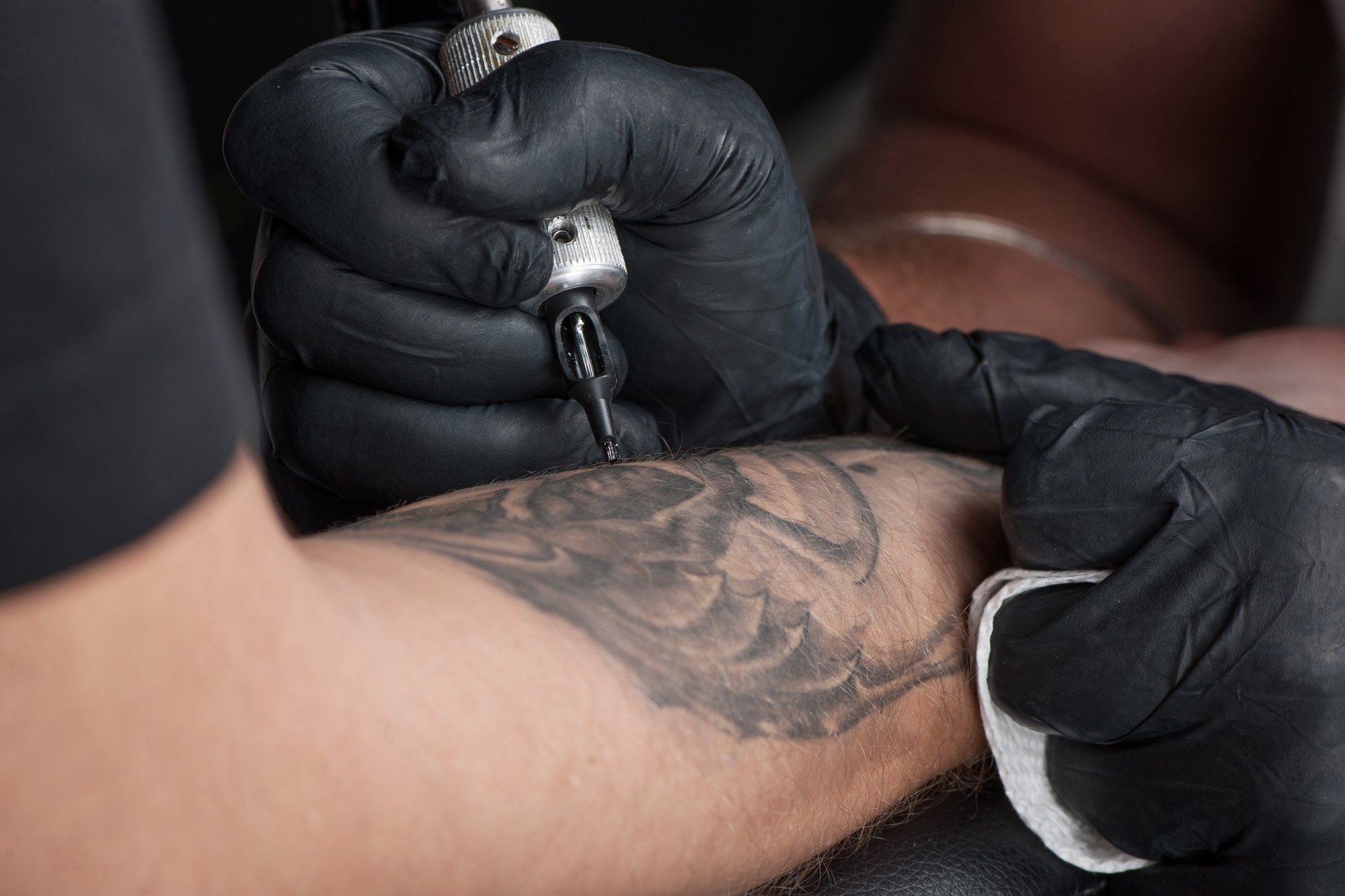Drafting Art: Understanding the Elements of Tattoo Design

Tattoos are more than a sign of rebellion, they’re also an art form. It takes training, knowledge, and skill to create beautiful tattoos.
Getting inked is popular for lots of people. Approximately 36 percent of Americans between the ages of 18 and 29 have at least one tattoo.
Whether you’re an existing or aspiring tattoo artist, it’s crucial to understand the elements of tattoo design. Read on to learn about a few different types of tattoos, proper placement, and more.
Size and Tattoo Placement
Two of the most important components of tattoo design are size and placement. The customer can either choose a pre-determined size or alter it based on where it will go.
Generally, larger tattoos are positioned on areas of the body like the back, between the shoulders, or upper thighs. Smaller to medium-size tattoos tend to be applied to the hands, feet, or arms.
If a customer wants a custom tattoo, they probably already have a specific size in mind. However, pre-made tattoos (or “flash”) can be made larger or smaller depending on preference.
When choosing tattoo placement, it’s important to listen carefully to the customer’s desires. For example, they may want it on the outer or inner forearm or their upper arm.
The larger a tattoo is, the more it typically costs. It may also cost more if a customer wants it on a complicated part of the body, such as the elbow.
Understanding size, scale, and placement is a vital part of tattoo design. With the right size and location on the body, a new tattoo is a stunning work of art.
Tattoo Design: Styles
There are endless tattoo styles out there that range from traditional to Avante Garde. Many tattoo artists like to offer custom pieces that they create together with their clients.
Word tattoos like names or phrases are also a popular choice. As an artist, it’s important to determine which tattoo styles you like best and which ones you excel in the most.
Some people prefer minimalist tattoos that are small in size and have a simple design. These tattoo styles typically feature a symbol or an outline in a specific shape.
On the opposite side of the spectrum are more complex tattoos with intricate details and lots of colors. Most of these tattoos are custom in nature and have a lot of interesting features.
Other popular styles include flowers and nature-themed designs. From mountain landscapes to animals, a lot of people love to get these types of tattoos.
In addition to the style itself is the method in which the tattoo is applied. The stick-and-poke method is quickly becoming a very popular choice. Instead of using a traditional tattoo gun, these tattoos are applied by hand with a needle.
American traditional tattoos feature thick lines and bold designs that really stand out on the skin. Inspired by the tattoos found on US Navy sailors, they’re still a very popular option for a lot of fans.
Style Components: Tattoo Colors
In addition to the size, placement, and style, coloring is a key component of tattoo design. Some people prefer simple designs that only use black ink, while others want bold, dramatic coloring.
Gradient tattoos utilize dark tones in a method that’s similar to sketching with pencils. This style usually incorporates a combination of black and gray to create shading. Simple line tattoo styles often utilize black only to create a bold design without the need for other colors.
One new tattoo trend gaining popularity is the watercolor look. These designs feature soft shades in light, pastel hues that resemble a piece of watercolor art.
Most word tattoos are done in black ink. However, some people prefer the lettering to be done in more colorful shades like dark blue, purple, or red.
Ultimately, it’s up to the customer to decide which colors they want to include in their tattoo. As an artist, you can help them come up with a color palette that works for their design.
Almost all linework for tattoos is done exclusively in black. Then, colors are used to fill in the design in order to create a more visually deep and multifaceted design.
It’s important to make sure that you use high-quality inks when doing tattoos. This will prevent the colors from bleeding into one another. It also helps to ensure that they won’t fade over time.
More Tattoo Tips
Once you know the main elements of tattoo design, you can move ahead with confidence. It’s important to make sure that you listen to the customer to find out what they really want.
Tattoos are permanent so choosing the right size, style, placement, and coloring is crucial. Take your time and make sure that your design is the right size and location that works for the client.
Not only is the tattooing process important, but so is aftercare. Always make sure that your clients understand the proper way to take good care of their tattoo once it’s finished.
Get Started on Your Tattoo Journey
Keep the basics of tattoo design in mind to provide your clients with amazing art. Whether it’s the style, placement, or size, always make sure that you fully understand their desires before you begin.
If you’re ready to become a professional tattoo artist, Florida Tattoo Academy can help. Be sure to contact us today to find out more about our program, request a school information packet, or schedule a tour.
